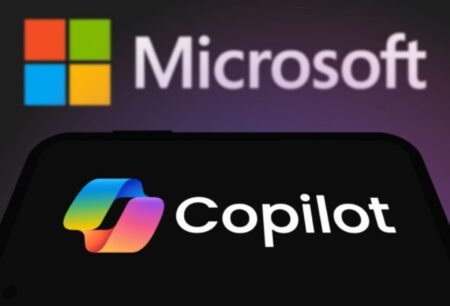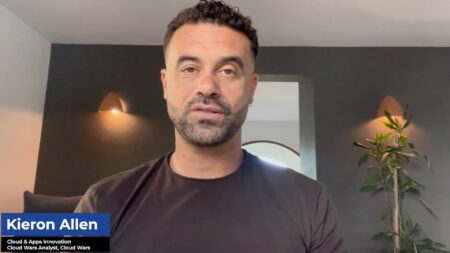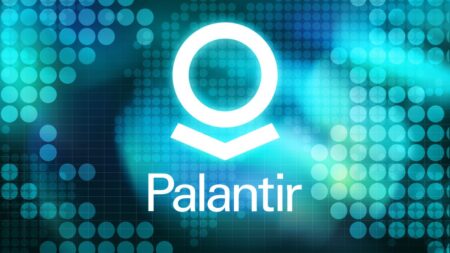When we talk about solving global issues and the complexity of the issues to be solved, it quickly becomes apparent that artificial intelligence (AI) could be a game-changer for our world. In fact, AI could deliver improvements, innovations, and new environments that would far surpass our less than stellar results of the last few centuries. AI could truly improve how all global citizens work, live, and play.
Solving Global Issues with AI
AI has begun to heavily permeate the corporate world’s future path planning, offering roadmaps to lower costs, improve productivity, and enhance results. But in the global market, it has yet to be firmly adopted. That is all changing as the world and world leaders, both public and private, understand the results this technology can deliver.
Of course, all those sci-fi movies we’ve watched may have led us to believe, in the past, that technological advancements in the domain of AI will doom the world — can you say Skynet? While the AI horror stories were good for box office results, the reality is that every piece of research and analysis shows that AI can help us solve a number of global issues.
So, just how will this global AI revolution occur? After all, if you think it seems almost insurmountable for one single party — be it a government or a company — to solve all the most vexing issues, you would be right. The AI reality will be delivered through effective partnerships that use the power of this technology to change the world for the better. To best understand how this will work, let’s look at some specific examples.
Improving the Environment
Every year, the number of plastics in our ocean grows. In fact, a recent study shows that by 2040, the level of plastic pollution could reach 80 million tons per year. This is a crisis that needs AI to come to the rescue. The team studying this has stated that there is “the need to initiate a global micro and nano plastic observation network, operation procedures, and globally comparable long-term observation datasets.”
AI partnerships can bend the curve in this crisis. It can build the needed datasets faster, design solutions to the plastics pollution at the source, and deploy tactics that can reduce the amount of plastic that’s already in the ocean, as well as the plastic that’s entering the ocean now and in the future.
One example of solution-seeking in a partnership team context is being seen with two firms. Razr and Clearbot have partnered to reduce this very same waste using AI. By using their collective intelligence and funding, the firms are launching a fully automated robot. It uses AI and machine learning capabilities to identify marine plastics within two meters, even in rough ocean waters. The robot is designed to collect up to 550 pounds of plastics in one running cycle, all while powered on solar energy.
These types of innovative partnerships are changing the global ocean plastic crisis by leveraging their joint strengths to change our future — creating plastic-free bodies of water that sustain marine life and protect our planet.
Eliminating the Food Crisis
The global food supply has been under pressure for decades. However, with the growing crisis caused by Russia’s invasion of Ukraine, we are seeing even more pressure on our global supply chain. With world populations growing and food needs rising, can an AI solution make a global difference in food yields? The answer, while not simple, is a resounding YES.
Those solutions can’t come soon enough. The number of people on the edge of famine is now 44 million, growing from 27 million in 2019. The ramp-up of need is ever-growing, according to a report from the UN’s World Food Program earlier this month.
Just how can an AI partnership help? Envision a world where drones intelligently scan global lands to find the most promising locations for specific crops to be planted. This would be based not on local traditions, but on real data. The data would demonstrate the best chance for high yields and survivability of crops, as well as easier transport to those communities most in need of the supply.
That very same drone can carry the seeds and seedlings for planting; something that can deliver up to 90% success when done by a drone robotically. By using an AI partnership between datasets, drone suppliers, seed manufacturers, and technologists for delivery, these drones could do the work of thousands of people in just one locale.
It could even triple, if not quadruple, harvests in a single year. Using computer vision, AI systems can be used to dispense water and pesticides only where and when it’s needed. Health sensors powered by AI-enabled IoT solutions can show soil health, moisture, humidity, and other conditions — all critical in gaining a higher yield from a crop.
The Key to Using AI for Global Issues
What’s the key in both the environment and food crisis situations, as well as in many more use cases? Partnering.
Partnering for the right data sets, interconnected networks, hardware, software, and intelligence is essential to making AI work to solve the vexing global issues.
The use cases are endless. From energy conservation to improving healthcare, AI can deliver not only the promise of progress, but actual results today to solve complex global issues. If it can solve complex global issues, shouldn’t an AI partnership also be able to solve your business’ most challenging issues?
The time is now to challenge your boundaries and look for new AI-enabled solutions that ensure the success of your business regardless of the future ahead.
Happy partnering!
Want more tech insights for the top execs? Visit the Leadership channel:







